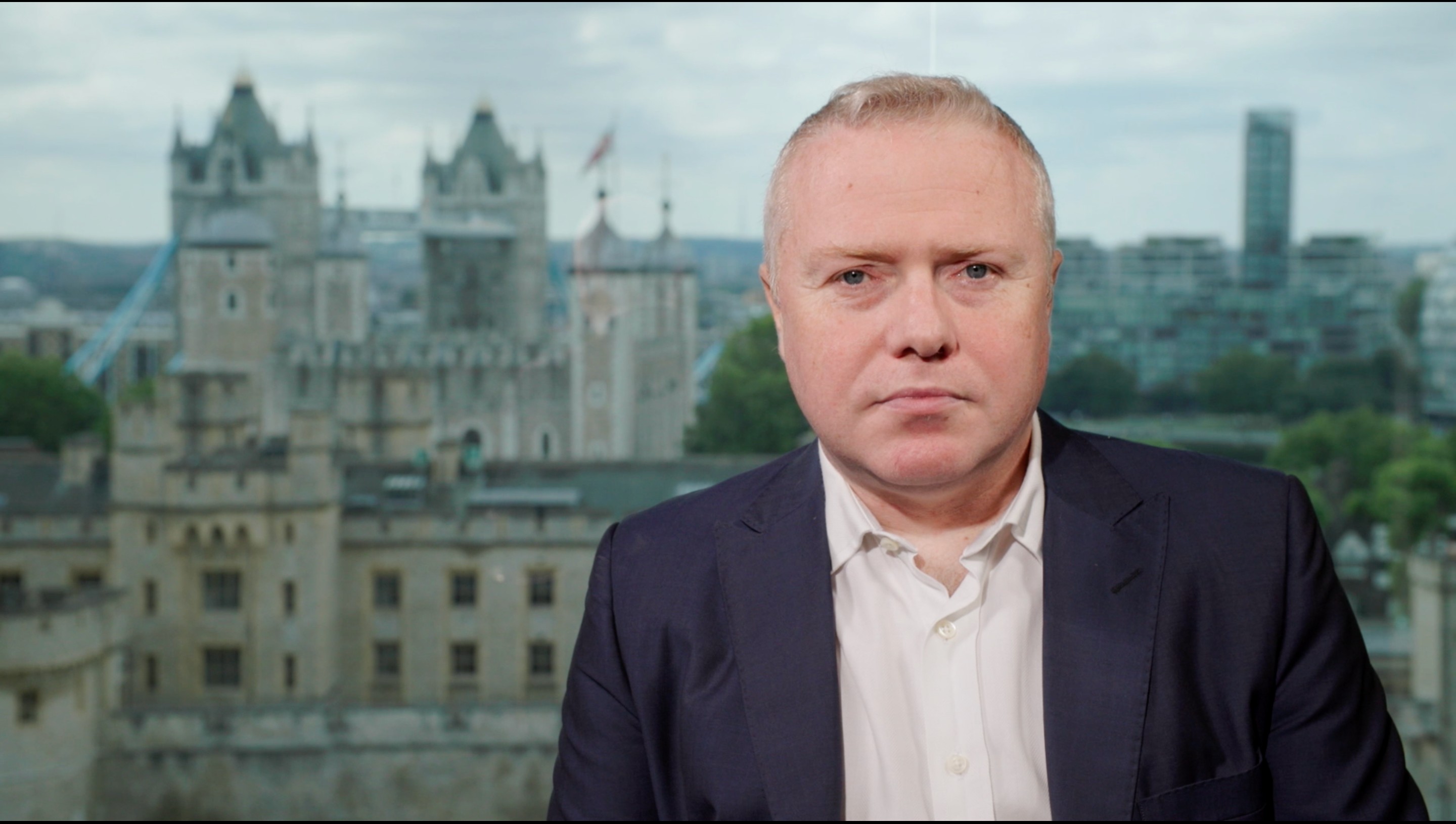
Middle and Back Office Functions in Asset Management

Trevor Pugh
20 years: Trading & hedge funds
In the previous video, Trevor explains the front office functions. In the final video of this two-part video series, he will focus on the middle and back office functions.
In the previous video, Trevor explains the front office functions. In the final video of this two-part video series, he will focus on the middle and back office functions.

Middle and Back Office Functions in Asset Management
6 mins 58 secs
Key learning objectives:
Understand the purpose of middle and back office
Outline the roles of each of the teams in the middle and back office
Overview:
While the front office of an asset management company is responsible for creating and selling the products available. The middle and back office ensure everything runs smoothly, they are the operational parts of the business. It includes several different functions and areas, but given the changing environment the firms are operating, many firms are now opting to outsource some of these functions to specialist firms.
What does middle and back office do and how has it changed in recent years?
Middle and back office keep the show on the road, all of the functions undertaken are crucial for the client’s direct or indirect experience. It includes risk management, legal and compliance, performance measurement and attribution, marketing, client reporting, request for proposal teams, and administration and support.
Given the increased regulatory requirements and the number of passive funds in the industry there has been downward pressure on costs. Many firms have had to change their operational models to stay competitive and have opted to outsource some of the functions outlined, this way they can focus on manufacturing and business development.
What do each of the teams do?
Risk management team:
Calculate the amount of risk being taken by various portfolios and funds. They need to check that the risk is inline with the target and limits agreed with clients. They can measure risk in absolute terms by looking at volatility, but usually it is versus a benchmark.
Legal and compliance team:
This area has become extremely important given recent scandals. They ensure legal and regulatory procedures are implemented and followed, such as ensuring portfolio guidelines are clarified and implemented.
Performance measurement & attribution team:
This team analyses where performance has been generated. This helps identify gaps in the investment teams and to identify and address any potential weaknesses in the investment decision making process.
Marketing team:
The brand, or the feel and look of the company is created here. They will be engaged with the manufacturing and business distribution areas to ensure a seamless production line.
Client reporting team:
This team pulls together information from the PM and other teams to give clients regular updates on various metrics such as fund performance. They contain information on performance, risk, attribution analysis and a summary.
Request for proposal team:
This team attempts to convert potential pipeline opportunities into successful mandates. Each potential RFP is best considered in isolation with a clear focus on the company in question.
Administration and support team:
This will involve trade support, cash management and fund accounting.

Trevor Pugh
There are no available Videos from "Trevor Pugh"

